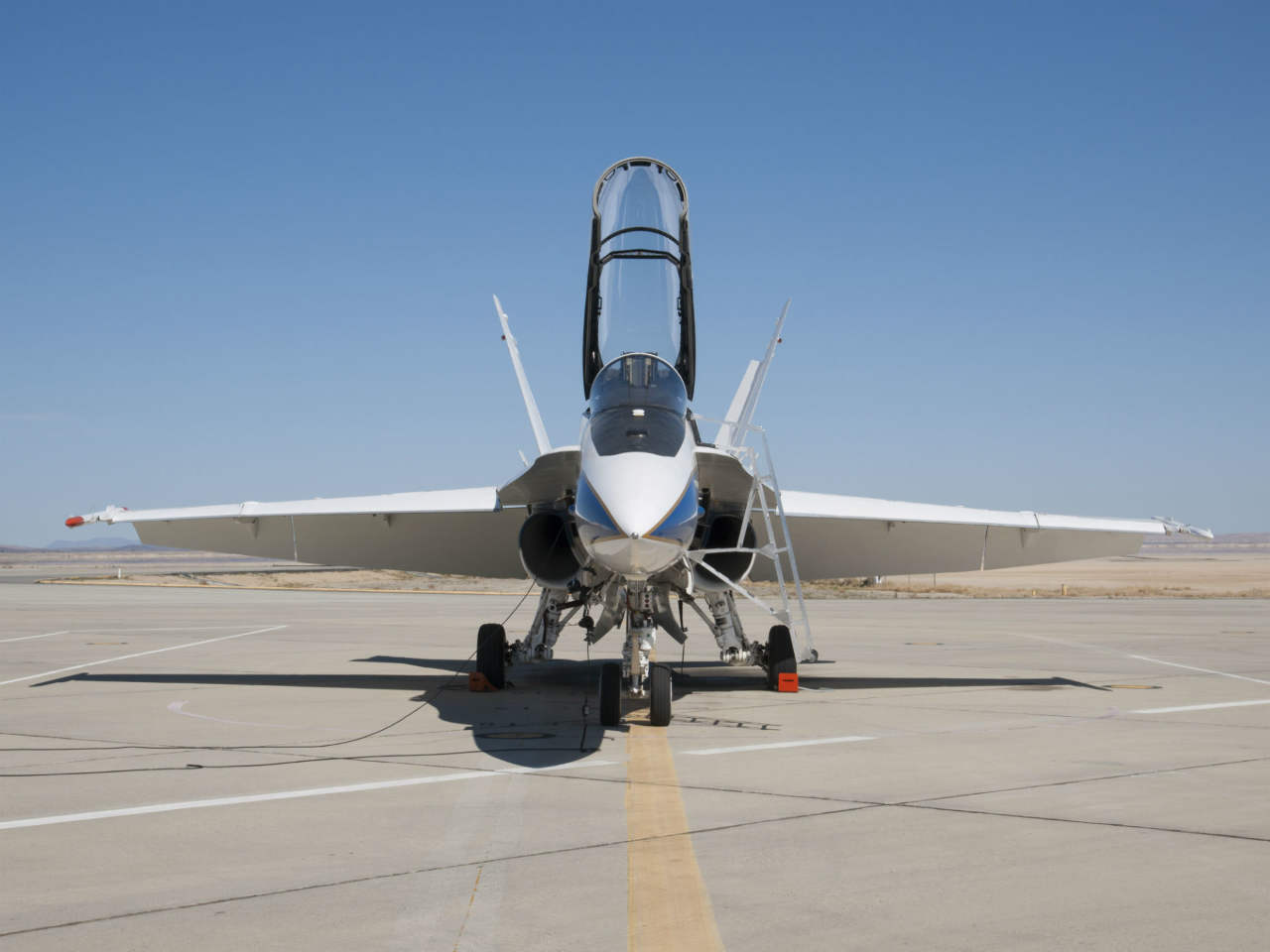NASA is perfoming a new phase of testing as part of its SonicBAT programme to investigate how low-altitude atmospheric turbulence affects sonic booms.
Teams and aircraft from NASA's Armstrong Flight Research Center in California, and Langley Research Center in Virginia, are deploying to Kennedy Space Center, Florida in August for a nearly two-week flight series campaign.
The historic spaceport will play host to the second series of Sonic Booms in Atmospheric Turbulence flights, or SonicBAT, continuing from 2016's successful supersonic research flights flown at Edwards Air Force Base in California.
SonicBAT helps NASA researchers better understand how low-altitude atmospheric turbulence affects sonic booms, which are produced when an aircraft flies at supersonic speeds, or faster than the speed of sound. The upcoming flight series is a key initiative in validating tools and models that will be used for the development of future quiet supersonic aircraft, which will produce a soft thump in place of the louder sonic boom.
The initial series of SonicBAT flights provided NASA with data on the effect of atmospheric turbulence on sonic booms in a dry climate. The upcoming flights will continue that effort by collecting data in the same fashion to measure the effect of the humid climate of Florida.
Sonic boom signature data will be collected from these tests using audio equipment to capture noise levels both above and below the turbulence layer, which will provide a comparison of the sonic boom both before and after it travels through atmospheric turbulence.
To do this, a NASA Armstrong F-18 will take off from Kennedy's Shuttle Landing Facilty and fly off the coast of Cape Canaveral at an altitude of 32,000 feet. The F-18 will fly a designated flight path where it will exceed Mach 1, the speed of sound, and produce a sonic boom.
Meanwhile, NASA also will fly a TG-14 motorized glider, equipped with a wingtip microphone, at an altitude between 4,000 to 10,000 feet, which is above the low-altitude turbulence layer. At the test point, the TG-14 will temporarily shut down its motor and glide. This will eliminate any unnecessary noise, ensuring that the wingtip microphone will pick up a clean, accurate sonic boom signature before it travels through any turbulence.
The project aims to collect data in three different conditions, including low turbulence, medium turbulence and significant turbulence, to obtain a stronger understanding of how the variations impact sonic booms. To monitor these conditions, NASA meteorologists will be on-site using anemometers to measure wind speed, a sonic wind profiler to measure wind conditions at low altitude, and a flux sensor to measure changes due to humidity.
NASA is expecting to fly the F-18 two-to-three times per day, starting 21st August and will conclude at the end of the month or early September, focusing on collecting data on a targeted minimum of 33 sonic booms.
In February 2016, NASA awarded a contract to Lockheed Martin for a preliminary design of a quiet supersonic X-plane called the Low-Boom Flight Demonstration aircraft, or LBFD. This effort recently completed a successful preliminary design review, and NASA will soon initiate the next phase of the LBFD concept through a new contract competition.
This second phase will focus on the detailed design and fabrication of the aircraft. When completed, the goal will be to fly the X-plane over communities throughout the country to test and demonstrate a quiet sonic thump. These flight tests will also provide data to the FAA for the development of potential noise standards for future supersonic flight over land.

